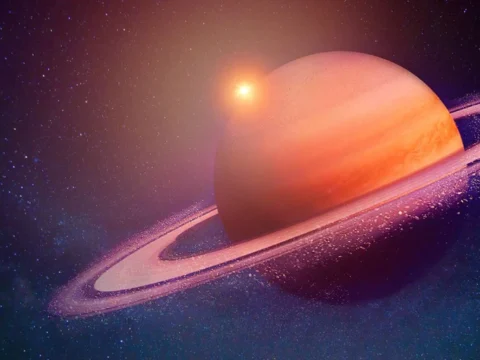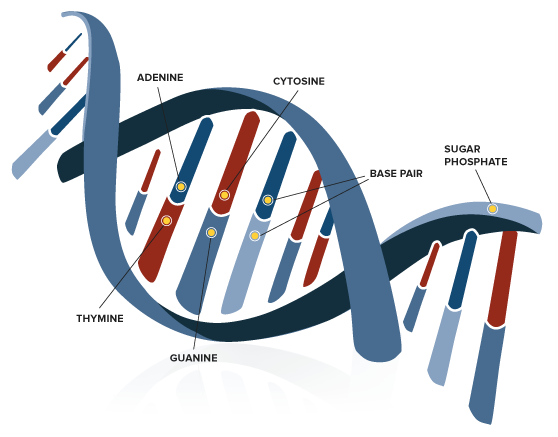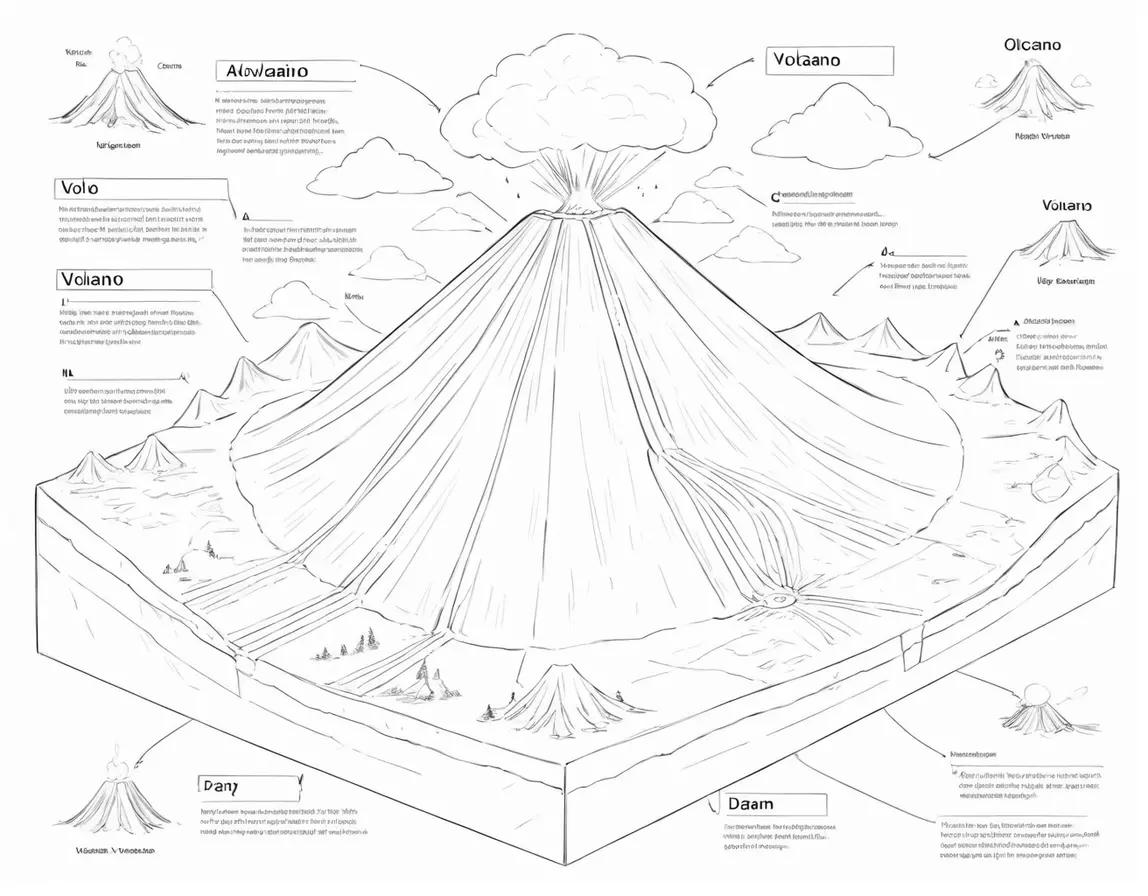
The third planet from the Sun, Earth, is a remarkable celestial body notable for its numerous and dynamic features that support life as we know it. This terrestrial world, often referred to as the “Blue Planet” due to its abundance of water, is teeming with a complex interplay of geological, atmospheric, and biological processes.
Physical Characteristics:
Earth boasts a diameter of approximately 12,742 kilometers (7,918 miles) and is the fifth-largest planet in our solar system. Its structure comprises distinct layers, including a solid inner core primarily composed of iron and nickel, a liquid outer core, a semi-fluid mantle, and the Earth’s thin, rigid crust. The Earth’s rotation on its axis gives rise to day and night, while its orbit around the Sun contributes to the changing seasons.
The Blue Planet’s Atmosphere:
The Earth’s atmosphere, a crucial component for life, extends to an altitude of about 480 kilometers (300 miles). Composed mainly of nitrogen (78%) and oxygen (21%), with trace amounts of other gases including carbon dioxide, water vapor, and noble gases, the atmosphere plays a pivotal role in regulating the planet’s climate and supporting diverse ecosystems.
The presence of an ozone layer in the stratosphere shields life on Earth from harmful ultraviolet radiation. Atmospheric circulation patterns, driven by solar radiation and Earth’s rotation, influence weather systems, ocean currents, and the distribution of heat across the globe.
Geological Wonders:
Earth’s dynamic geology is evident in its diverse landforms, shaped by processes such as tectonic activity, erosion, and volcanic eruptions. The Earth’s surface is marked by towering mountain ranges, vast plains, deep ocean trenches, and expansive plateaus.
Tectonic plates, large sections of the Earth’s crust, constantly move, leading to the creation of mountain ranges like the Himalayas and the Andes. Volcanic activity, exemplified by the Ring of Fire, contributes to the formation of islands and adds essential minerals to the Earth’s crust.
Water, covering about 71% of the Earth’s surface, plays a vital role in shaping landscapes through erosion, carving majestic features like the Grand Canyon. Additionally, glaciers and ice caps sculpted much of the Earth’s topography during past ice ages.
The Water Cycle:
Earth’s water is part of a continuous and dynamic cycle that involves evaporation, condensation, precipitation, and runoff. The sun’s energy drives the evaporation of water from oceans, lakes, and rivers into the atmosphere. As the moist air rises and cools, water vapor condenses into clouds, eventually leading to precipitation in the form of rain, snow, or hail. The water returns to the Earth’s surface, replenishing rivers and lakes, and completing the water cycle.
Biosphere: The Web of Life:
The Earth’s biosphere, the realm where life thrives, is an intricate web of interconnected ecosystems. Diverse forms of life, from microscopic bacteria to towering sequoia trees, have evolved and adapted to a wide range of environments.
Biodiversity, the variety of life on Earth, is a testament to the adaptability and resilience of living organisms. Ecosystems, such as forests, grasslands, and coral reefs, provide essential services like oxygen production, carbon sequestration, and water purification.
Human Impact and Stewardship:
As the dominant species on Earth, humans have a profound impact on the planet’s ecosystems and climate. Anthropogenic activities, including deforestation, industrialization, and the burning of fossil fuels, contribute to environmental challenges such as deforestation, air and water pollution, and climate change.
Recognizing the interconnectedness of Earth’s systems, there is a growing awareness of the need for responsible stewardship. Conservation efforts, sustainable practices, and international agreements seek to address environmental issues and promote the well-being of the planet and its inhabitants.
Earth, with its diverse landscapes, life-sustaining atmosphere, and intricate web of ecosystems, stands as a unique oasis in the cosmos. The delicate balance of geological, atmospheric, and biological processes makes our planet an extraordinary haven for life. As stewards of this blue gem, understanding and preserving the intricate systems that support life on Earth is crucial for ensuring a sustainable and harmonious future for our home in the vast expanse of the universe.


















